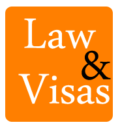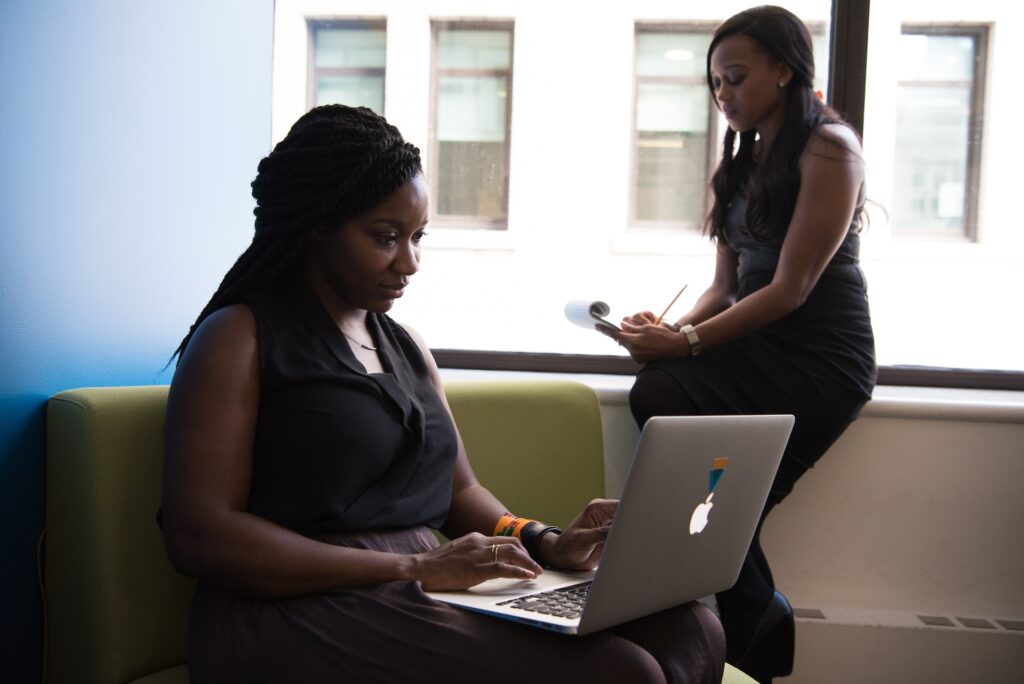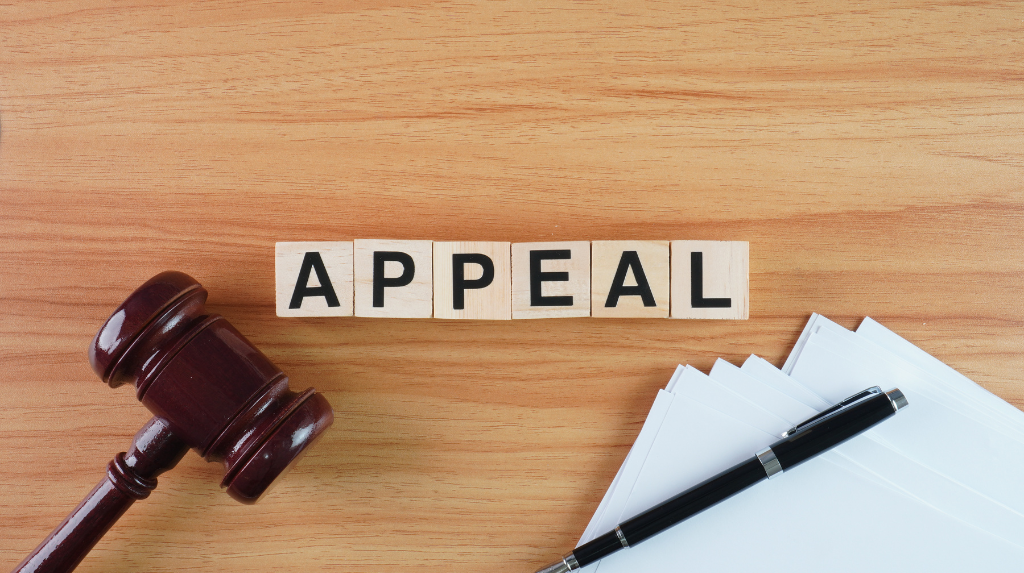What Is the H-1B Lottery?
The H-1B visa allows U.S. employers to hire international workers in specialized fields, such as tech, engineering, and medicine. However, due to the high demand for these visas, there is an annual cap, and a lottery system is used to randomly select petitions for processing. This guide explains the H-1B lottery process, how to navigate it, and what to do if you’re not selected.
Key Updates for FY 2026
Here’s what to expect for the upcoming H-1B lottery cycle:
- Electronic Registration: The streamlined online registration process will continue.
- Beneficiary-Centric Selection: Selections will be based on individual applicants, requiring valid passport details.
- Multiple Selection Rounds: Expect more than one round of selections to fill the cap.
- Improved Collaboration: Employers and legal teams can work together through organizational accounts.
What Is the H-1B Visa Cap?
The H-1B visa program has a cap of 65,000 new visas each fiscal year, plus an additional 20,000 visas for applicants with advanced degrees from U.S. universities. Certain employers like universities and nonprofit research organizations are exempt from the cap.
H-1B Lottery Timeline
The H-1B lottery process for FY 2025 was as follows:
- Electronic Registration: Applicants must register online with USCIS from March 1–18, 2024.
- Lottery Selection: USCIS randomly selects registrants to move forward. The first round of selections occurs on March 29, 2024, with additional rounds as needed.
- Petition Submission: Selected registrants have 90 days to submit their H-1B petitions.
- Processing & Approval: Once the petition is processed, USCIS will grant H-1B status starting October 1, 2024.
For FY 2026, expect similar dates:
- Registration Period: Mid-March 2025 (usually 2–3 weeks)
- Initial Selection Announcement: Early April 2025
- Petition Filing Period: April 1–June 30, 2025
How to Register for the H-1B Lottery
Both the applicant and employer must create USCIS accounts to register for the lottery. Registration requires providing key information and paying a $215 fee. The registration period is short, so be sure to act quickly.
USCIS offers detailed guidance and an instructional video to help navigate the process.
How the H-1B Lottery Works
Once registration closes, the lottery selection process begins:
- Random Selection: If the number of registrations exceeds the cap, USCIS randomly selects registrants to proceed.
- Selection Notification: Those selected will be notified, and those not selected will be informed afterward.
- Petition Preparation: Employers submit Form I-129 (Petition for Alien Worker) and required documents for selected applicants.
- Filing Timeline: The filing period opens on April 1, and petitions must be filed within the specified window (typically 90 days).
Employers can check the lottery status of their applicants in their USCIS account. The status will show as one of the following:
- Submitted: Registration is valid.
- Selected: Eligible to apply for the H-1B visa.
- Not Selected: Not chosen in this round.
- Denied: Registration was invalid due to multiple attempts.
- Invalidated-Failed Payment: Payment did not go through.
Alternatives if Not Selected in the H-1B Lottery
If you’re not selected in the lottery and your work authorization is expiring, you’ll have a 60-day grace period to either adjust your status or prepare to leave the U.S. Exploring alternative visa options is essential during this period.
Frequently Asked Questions About the H-1B Lottery
When does registration start, and when are the results announced?
The registration period typically runs for 14 days, and results are usually announced in early April. Check USCIS for exact dates.
How much does it cost to register for the H-1B lottery?
The registration fee is $10 per registrant. This fee is non-refundable, even if you aren’t selected.
Does being rejected in past lotteries affect future chances?
No, not being selected this year doesn’t impact your chances in future lotteries.
Where do employers file Form I-129 once selected?
Form I-129 must be filed at the location indicated in the lottery selection notice. Ensure that the petition is sent to the correct address.
How long do employers have to file Form I-129 after selection?
Once selected, employers have 90 days to submit Form I-129 and supporting documents. This filing period typically starts on April 1.
What is the difference between the H-1B cap and the H-1B lottery?
The H-1B cap is the limit on the number of visas issued each year (65,000 plus 20,000 for advanced-degree holders). The lottery is a random selection process used when the number of applications exceeds the cap.




